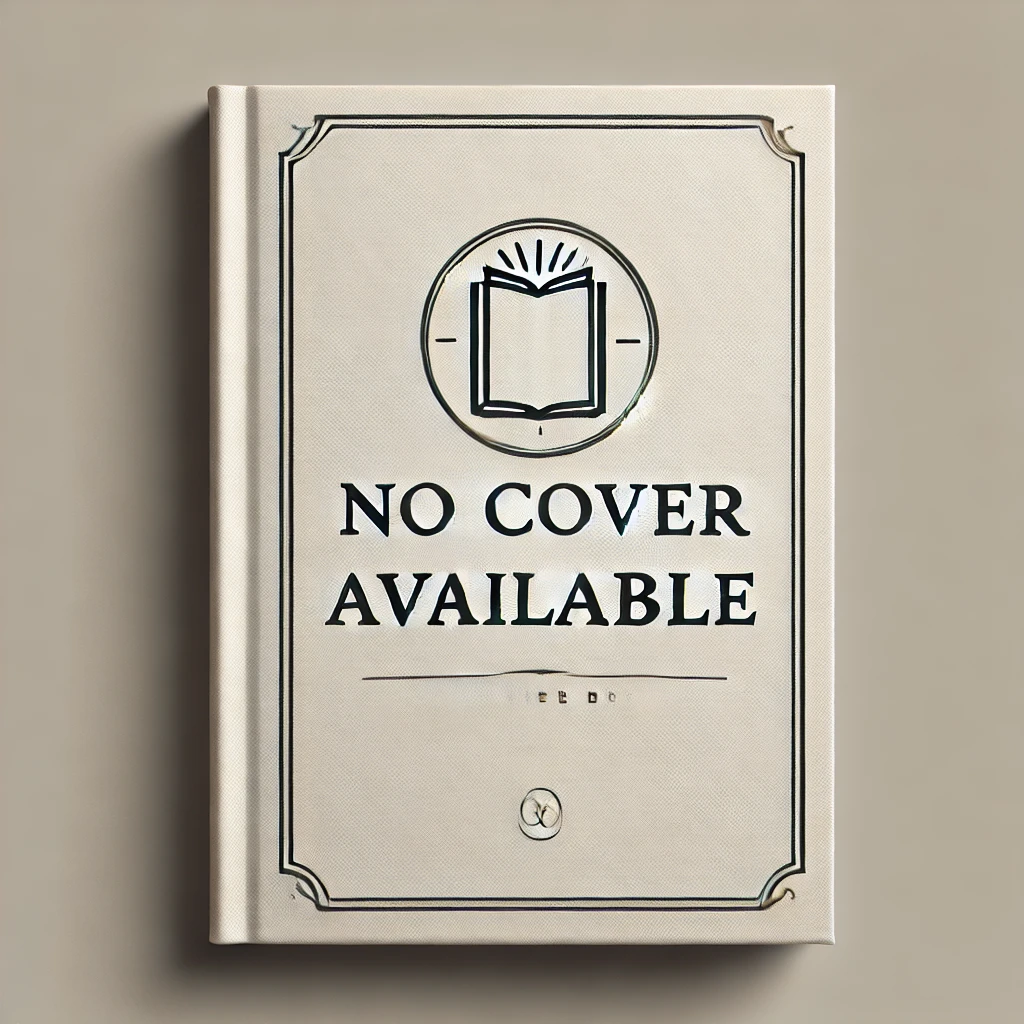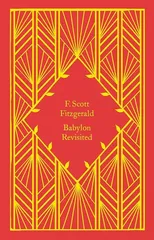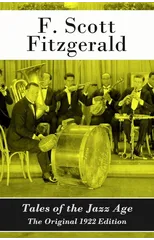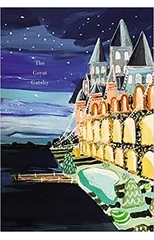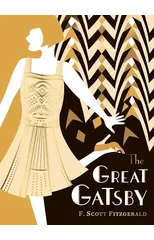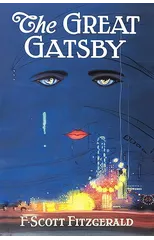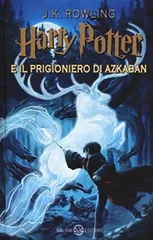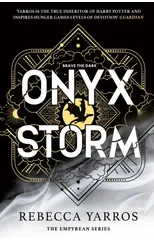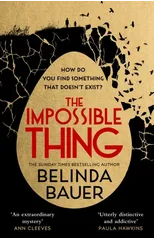The Great Gatsby (1925) by American author F. Scott Fitzgerald, set during the Jazz Age, depicts life in America during the Roaring Twenties. It chiefly deals with the life of a mysterious young millionaire, Jay Gatsby, and his fascination with the beautiful former debutante Daisy Buchanan. Nick Carraway, the narrator, attends one of the parties hosted by Jay Gatsby. He is struck by the apparent absence of Gatsby during the party and the dark theories that his guests have about Gatsby's past. Nick and Gatsby become friends and Gatsby asks him to invite his cousin Daisy to one of his parties. Five years ago, in Louisville, Gatsby and Daisy were in love, but he went away to fight in the war and she married Tom Buchanan. Gatsby has now bought his house on West Egg so he could be across the water from her. This exciting story takes an overwhelming turn when Gatsby and Daisy meet again.
F. Scott Fitzgerald
F. Scott Fitzgerald was an American novelist and short story writer known for his portrayal of the Jazz Age in American literature. His most notable works include "The Great Gatsby," "Tender is the Night," and "This Side of Paradise."
Fitzgerald's writing style is characterized by his use of lyrical prose and exploration of the themes of wealth, class, and the American Dream. He is considered one of the greatest American writers of the 20th century and his works continue to be studied and celebrated for their insight into the social and cultural dynamics of his time.
"The Great Gatsby" is Fitzgerald's most famous work and is widely regarded as a masterpiece of American literature. The novel explores the themes of love, wealth, and the pursuit of the American Dream, and has had a lasting impact on the literary genre of the novel. Fitzgerald's contributions to literature include his exploration of the complexities of human relationships and his keen observations of American society during the 1920s.
